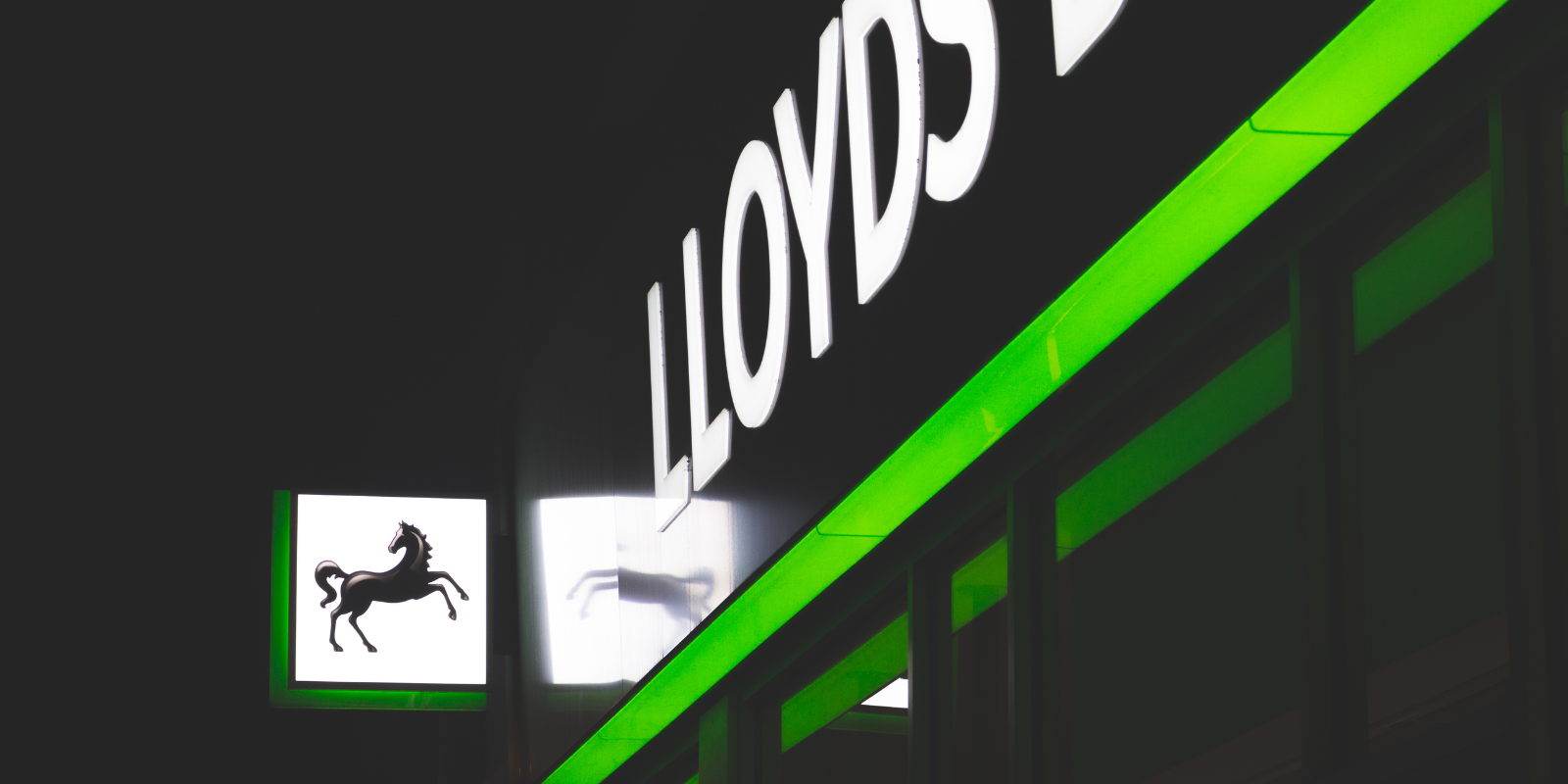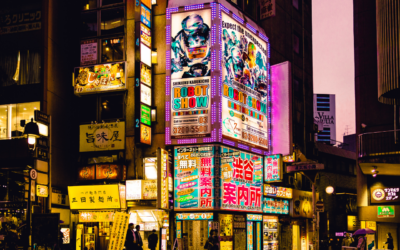In today’s fast-paced, visually driven marketplace, effective signage can be one of the most powerful tools in a business’s marketing arsenal. While investing in high-quality signage is crucial, the placement of that signage can significantly impact its effectiveness and your return on investment (ROI). Whether it’s outdoor signs drawing foot traffic or interior signs guiding shoppers, strategic placement can drive customer engagement and boost sales.
Key Takeaways
- Signage placement plays a critical role in visibility, foot traffic, and customer conversion.
- Outdoor signage should be positioned where it captures the most views from passing pedestrians and vehicles.
- Indoor signage can guide behavior, enhance the shopping experience, and influence purchasing decisions.
- The psychology of eye movement and viewing angles is essential when determining signage locations.
- Businesses in high-traffic areas like San Diego can benefit immensely from strategic signage planning.
The Role of Signage in Customer Engagement
Before delving into placement strategies, it’s essential to understand how signage contributes to the overall customer experience. Signage communicates brand identity, conveys critical information, and serves as a visual cue that influences decision-making. Poorly placed signage, no matter how well designed, can go unnoticed or fail to communicate effectively. Strategic placement ensures your signs work for you 24/7, drawing attention and prompting action.
Outdoor Signage: Capturing Attention Early
1. Visibility From Multiple Angles
Outdoor signage is often the first interaction a potential customer has with your business. To maximize visibility, signs should be placed at heights and angles that can be seen from various directions. Consider the flow of both vehicle and foot traffic around your location. For businesses in cities like San Diego, where competition for attention is high, standing out is essential.
2. High-Traffic Zones
Placing signs in high-traffic areas is one of the most effective ways to boost impressions. Look for intersections, parking lots, and nearby landmarks that attract frequent movement. Sidewalk A-frames, pole signs, and banners can all be used to guide people toward your storefront.
3. Distance and Readability
The distance from which a sign will be viewed should determine its size and font. Large-format signs should have clean, bold typography that can be read from a moving car. Clarity is key—avoid cluttering your message. If your target audience in San Diego includes drivers on busy roads, make sure your signage is legible from at least 300 feet away.
Indoor Signage: Guiding and Influencing Behavior
1. Wayfinding and Navigation
Once a customer enters your space, interior signage should intuitively guide them through the environment. Wayfinding signs placed at decision points—entrances, corridors, and product sections—create a seamless experience that encourages exploration and reduces frustration.
2. Point-of-Purchase Signage
Strategically placed signage near checkouts or specific products can lead to impulse purchases. Highlighting promotions or best-selling items at eye level ensures customers don’t miss them. Use lighting and color contrast to enhance visibility.
3. Reinforcing Brand Identity
Indoor signs aren’t just functional—they’re branding tools. Placing branded elements in sightlines throughout your store reinforces your identity and builds trust. For San Diego retail spaces where branding consistency is key, every wall, shelf, and corner offers an opportunity.
Psychological Principles in Signage Placement
1. Eye-Level Engagement
Human eyes naturally gravitate toward the center of the visual field. Placing signs at eye level—typically 4.5 to 5.5 feet off the ground—maximizes engagement. Adjust based on your typical customer demographic (e.g., children, wheelchair users).
2. The “Z” Pattern
Most people in Western cultures read visuals in a “Z” pattern: left to right, top to bottom. Placing your most critical signage content in this visual path ensures it’s seen early. Test different placements using customer flow data.
3. Motion and Light
Movement draws attention. Incorporating elements like backlighting, digital screens, or subtle animations can increase dwell time. In San Diego’s vibrant commercial districts, dynamic signage can make a business more noticeable among the competition.
Local Considerations for San Diego Businesses
Businesses in the San Diego area need to account for unique regional factors when planning signage placement:
- Weather conditions: UV exposure and coastal winds require durable materials and secure mounts.
- Local regulations: Zoning codes in San Diego may dictate allowable sign heights, sizes, and locations. Always confirm local compliance.
- Tourist demographics: In tourist-heavy areas, multilingual signage or iconic visuals can be more effective.
- Pedestrian vs. vehicular traffic: In walkable districts like the Gaslamp Quarter, sidewalk signage may outperform overhead signs. Meanwhile, signs on major roads must prioritize visibility from moving vehicles.
Testing and Optimizing Signage Placement
1. Conduct a Visibility Audit
Walk and drive around your location at various times of day. Take note of obstacles, lighting conditions, and traffic flow. Identify blind spots where signage may not be visible.
2. A/B Test Signage Positions
Try different signage placements and compare metrics such as foot traffic, sales conversions, or engagement with in-store displays. Subtle changes can lead to significant improvements in performance.
3. Track Results Over Time
Use heat mapping, customer feedback, and sales data to evaluate signage effectiveness. Signage placement isn’t a one-time decision—it requires continuous monitoring and adjustments.
Frequently Asked Questions
What is the most effective height for placing a sign?
Most signs are most effective when placed at eye level, which is generally between 4.5 and 5.5 feet from the ground. However, outdoor signs designed for vehicle traffic may need to be mounted higher to ensure visibility from a distance.
How often should signage placement be reviewed?
Review your signage placement at least once per quarter or after any major layout changes, nearby construction, or shifts in customer traffic patterns.
Does digital signage require a different placement strategy?
Yes. Digital signs should be placed in high-traffic zones with minimal glare and where viewers can comfortably stop and absorb the message. Mounting height and screen size should align with viewer proximity.
Are there legal restrictions for signage placement in San Diego?
Yes, San Diego has local zoning regulations that dictate signage dimensions, placements, lighting, and types. Businesses should consult with a signage professional to ensure compliance before installation.
Can I reuse signage in different locations?
Reusability depends on the sign’s material, design, and condition. Modular or portable signs are ideal for repurposing in events, seasonal promotions, or pop-up locations.
Partner with Attention Getters for High-Impact Signage Placement That Drives Results
Maximizing the ROI of your signage begins with thoughtful, data-driven placement. From grabbing attention on the street to influencing decisions in-store, where you place your signs can be just as important as how they look. Attention Getters, an experienced online business signage company based in San Diego, specializes in designing, producing, and placing signs that do more than decorate—they deliver measurable results. If you want signage that truly supports your business goals, reach out today and get started with a team that understands strategic visibility from every angle.




